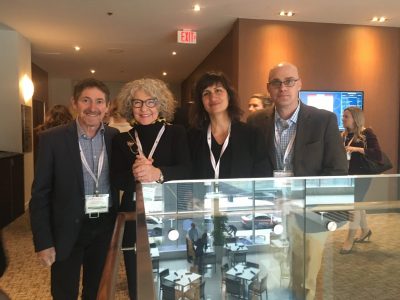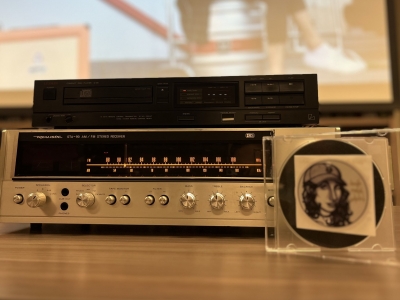The Canadian Science Policy Conference is known to policy wonks as a one stop shop to discuss big issues, and to young scientists as a place to get advice on how to make a living from their extensive education.
 That’s why adjunct research professor Kathryn O’Hara convened a panel of journalistically savvy colleagues to talk about the value of training scientists to be good communicators.
That’s why adjunct research professor Kathryn O’Hara convened a panel of journalistically savvy colleagues to talk about the value of training scientists to be good communicators.
During the session entitled Communication Culture: Scientists’ views and trainers’ methods to better engage with publics and policy makers, John Besley (BJ ’98), a full professor at Michigan State University, discussed results from a survey conducted last winter. The Carleton-MSU collaborative survey of NSERC scientists, funded with O’Hara’s research grant, was the first of this scope to determine what science researchers think about when they consider engaging with the public. It found that the top priorities are to ensure that research-based scientific evidence is used to inform policy as well as to secure a place for science in popular culture.
Jim Handman, a longtime science journalist who now heads the Science Media Centre of Canada, examined why so many scientists are reluctant to engage with the public. He warned that if scientists don’t speak up, someone else will.
Sarah Everts, the Carleton Journalism program’s incoming Science Journalism Chair, made a clear and important distinction between science communication and the training of scientists to deal with media. She noted that the latter are usually aimed at ensuring scientists stay on message for those in control of the funding.
The panel agreed there is room for more research, especially in the use of data to help understand the public’s acceptance of evidence-based policy and scientists’ interest in getting attention in a noisy world.
Thursday, November 15, 2018 in General, Journalism News, News
Share: Twitter, Facebook



